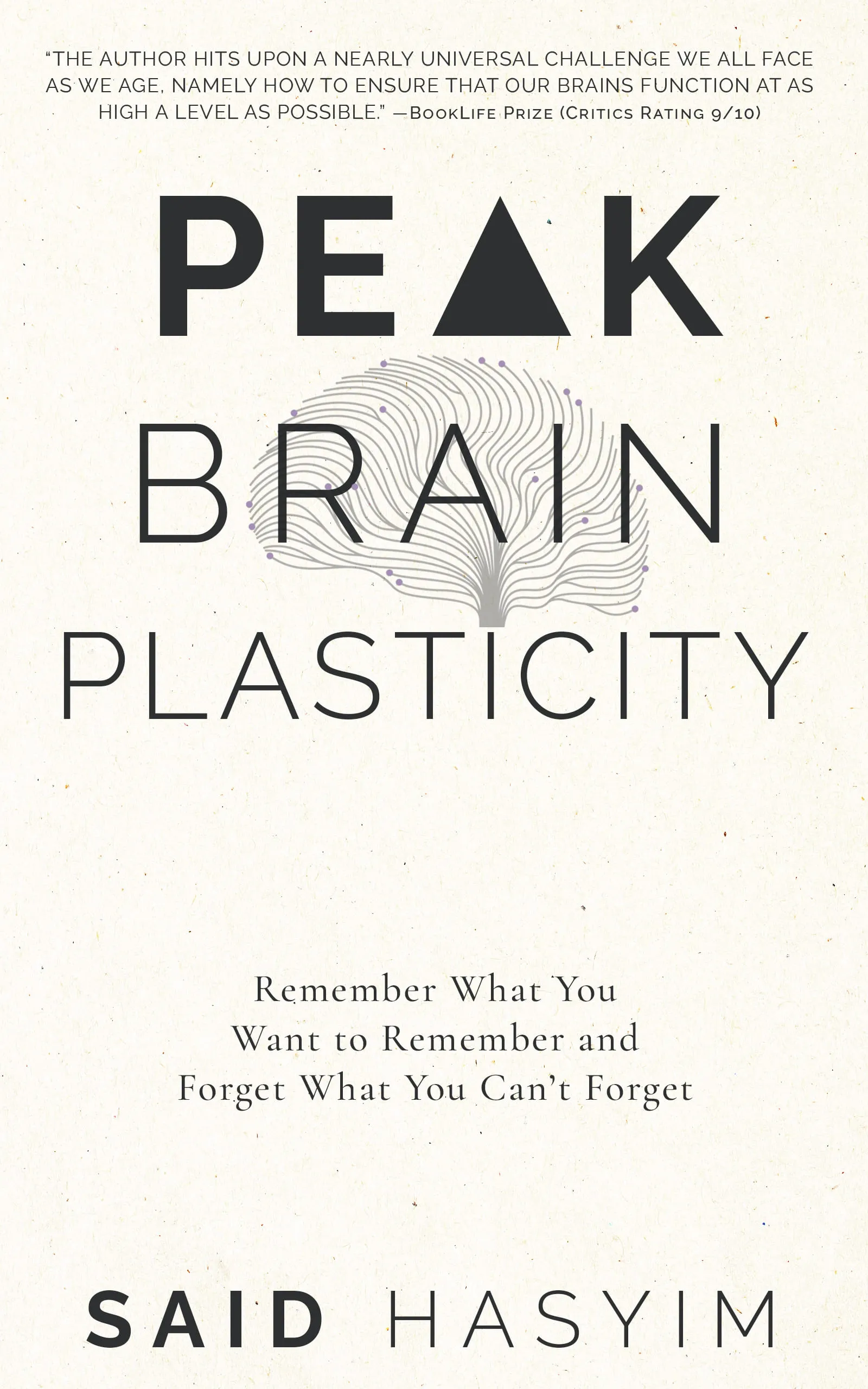Memory and Learning Styles: Finding Your Fit
In the ever-evolving landscape of education and personal development, understanding how we learn is paramount. With diverse strategies, methods, and tools available, the journey to optimize our memory and learning styles can seem overwhelming. This post delves into the intricate relationship between memory, learning styles, and how finding your fit can enhance your educational experience.
Understanding Memory: The Foundation of Learning
Memory is the process by which information is encoded, stored, and retrieved when needed. It plays a crucial role in learning, influencing how we absorb, retain, and apply knowledge. There are three main types of memory:
Sensory Memory: This is the first stage of memory, which captures fleeting impressions of sensory information. It lasts only a few seconds and involves sights, sounds, tactile experiences, and more.
Short-Term Memory: Also known as working memory, this is where active processing occurs. It can hold a limited amount of information (typically about seven items) for a short duration, around 20-30 seconds.
Long-Term Memory: This is where information can be stored indefinitely. Long-term memory can be further divided into explicit (declarative) memory, such as facts and events, and implicit (non-declarative) memory, like skills and habits.
Understanding the nuances of memory is essential because it allows individuals to identify effective strategies for learning and retention.
Exploring Learning Styles: A Personal Approach to Education
The concept of learning styles refers to the preferred ways individuals process information. While there are many theories and models, one of the most widely recognized frameworks is the VARK model, which categorizes learning modalities into four types:
Visual Learners: These learners gravitate toward diagrams, charts, images, and other visual aids. A visual representation can help them better understand and remember information.
Auditory Learners: Individuals who prefer auditory learning benefit from listening to lectures, discussions, and audio recordings. They often find that discussing material with others enhances retention.
Reading/Writing Learners: This group thrives on the written word. They excel with reading textbooks, taking notes, and drafting written materials for comprehension and memory.
Kinesthetic Learners: Kinesthetic learners are hands-on individuals who learn best through movement and physical engagement. They often benefit from experiments, simulations, and hands-on activities.
The Importance of Finding Your Fit
Recognizing your learning style can have significant implications for how effectively you absorb and apply information. By identifying your preferred learning style, you can tailor your study habits and environment to align with your strengths:
Personalization: Customizing your learning approach to fit your style can enhance both understanding and retention. For example, if you're a visual learner, incorporating mind maps and graphic organizers can facilitate memory.
Enhanced Engagement: When you use methods that resonate with your learning style, you may find the content more engaging. Engagement leads to a greater interest and motivation, making learning more enjoyable.
Greater Retention: Utilizing strategies that align with your memory and learning style can improve long-term retention. When you interact with the material in a way that suits your preferences, you are more likely to remember the information.
Strategies to Enhance Memory and Match Learning Styles
For Visual Learners
- Use Graphics and Charts: Create diagrams, flowcharts, and infographics to visualize complex information.
- Color Code Notes: Utilize different colors to categorize information in your notes. This can aid in organizing thoughts and enhancing recall.
- Leverage Videos: Watch educational videos that visually represent concepts, reinforcing your understanding.
For Auditory Learners
- Audio Resources: Explore podcasts, audiobooks, and lecture recordings.
- Participate in Discussions: Engage in study groups or discussions, verbalizing your thoughts can reinforce learning.
- Teach Others: Explaining concepts to peers can consolidate your understanding and retention.
For Reading/Writing Learners
- Emphasize Note-Taking: Develop effective note-taking strategies, such as the Cornell method or mapping.
- Read Aloud: Reading material aloud can help reinforce concepts and engage more senses.
- Create Written Summaries: After learning a new concept, summarize it in your own words to solidify comprehension.
For Kinesthetic Learners
- Hands-On Learning: Participate in labs, workshops, or simulations that allow you to learn by doing.
- Incorporate Movement: While studying, try using gestures or moving around to stimulate engagement.
- Utilize Role-Playing: Practice scenarios or role-plays to make learning interactive and practical.
Conclusion: Embrace Your Unique Learning Journey
Memory and learning styles are intricately linked and play a significant role in how we approach education. While there is no one-size-fits-all solution, recognizing your learning style and understanding how it impacts memory can profoundly enhance your learning journey. Experiment with different strategies, embrace your unique preferences, and create a study environment that resonates with your personal learning style.
As you embark on this path of self-discovery, remember that the goal is not to fit into a specific category but to expand your potential. By being open to different learning strategies and adapting as needed, you can unlock new pathways to knowledge and mastery. So, explore various methods, reflect on your experiences, and most importantly, enjoy the process of finding your fit!
Feel free to leave a comment below to share your experiences with memory and learning styles. What strategies have you found effective? Let's engage in a conversation about optimizing our learning experiences together!
Harness the Power of Neuroplasticity
Discover Peak Brain Plasticity, a practical book to harnessing neuroplasticity. Enhance your memory, learn new languages quickly, and alleviate anxiety with effective study methods. Uncover daily habits that impact cognitive health and explore techniques for accelerated learning and memory retention. Unlock your brain's potential for growth and transformation.
